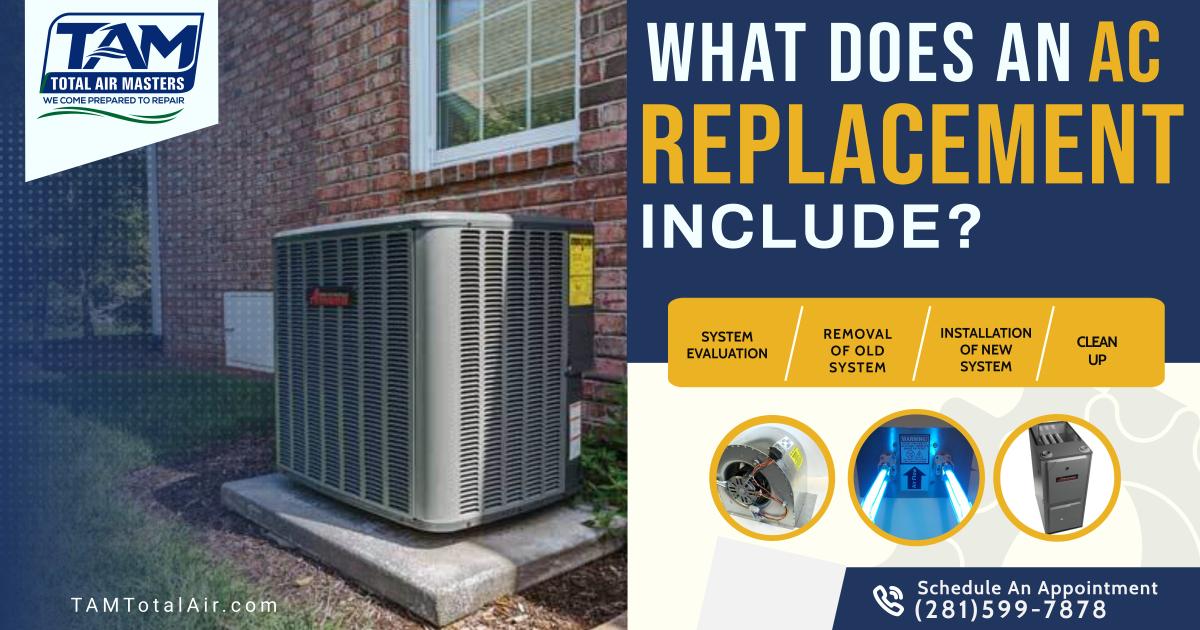
Air conditioning is essential in maintaining comfortable temperatures in homes and commercial buildings. However, over time, the system may experience problems that require repair or replacement. If you have an older or malfunctioning AC unit, you may consider AC replacement. AC replacement entails the removal of the old air conditioning system and installation of a new one. In this article, we will discuss what does an AC replacement include.
System Evaluation
Before replacing your AC system, a licensed HVAC technician will conduct a thorough evaluation of the existing system. The evaluation will include assessing the age, size, and condition of the unit. The technician will also check the ductwork, thermostat, and electrical wiring to ensure they are in good condition. The technician will then recommend the most suitable replacement unit for your needs.
Removal of the Old AC System
Once the technician has evaluated your AC system and recommended a replacement unit, the next step is to remove the old AC system. The technician will disconnect the power supply, refrigerant lines, and ductwork before removing the old unit. This process requires expertise and care to avoid damage to the property or injuries to the technician.
Installation of the New AC System
After removing the old AC system, the technician will install the new AC system. Our preferred brand is Amana for the main parts of a central ac system. The installation process involves setting up the new unit, connecting the refrigerant lines, and electrical wiring. The technician will also install a new thermostat and connect the ductwork to ensure proper airflow.
Testing and Balancing
After installing the new AC system, the technician will test the unit to ensure it is working correctly. The technician will measure the temperature and airflow to ensure they are within the manufacturer’s specifications. The technician will also check for any leaks in the refrigerant lines and ductwork.
Cleanup
Once the installation is complete, the technician will clean up the worksite, including removing any debris or equipment used during the installation. The technician will also dispose of the old AC system and any other materials used during the installation.
System Maintenance
After the installation, the technician will recommend a maintenance schedule to ensure the new AC system operates at peak efficiency. Maintenance may include replacing air filters, cleaning the evaporator and condenser coils, and checking the refrigerant levels. Regular maintenance can help extend the life of the new AC system and prevent costly repairs.
AC replacement includes a comprehensive process that involves system evaluation, removal of the old AC system, installation of the new AC system, testing and balancing, cleanup, and system maintenance. It is crucial to hire a licensed HVAC contractor to ensure the replacement is done correctly. A well-executed AC replacement can enhance the comfort of your home or commercial building and save you money on energy bills in the long run.
